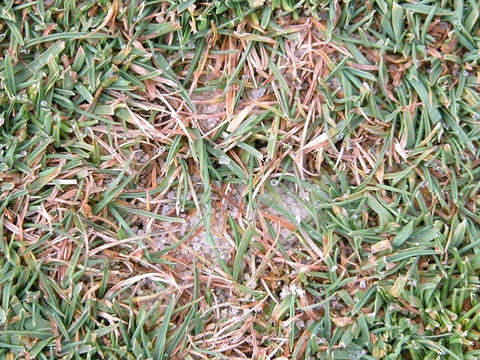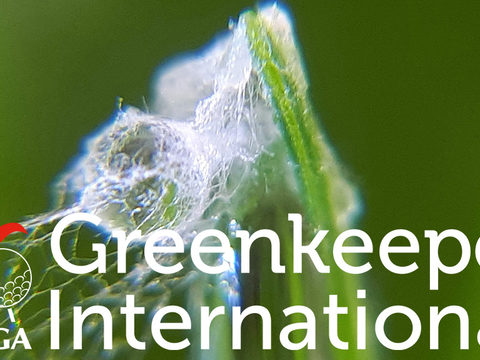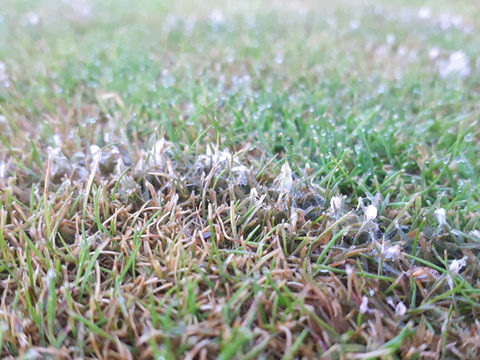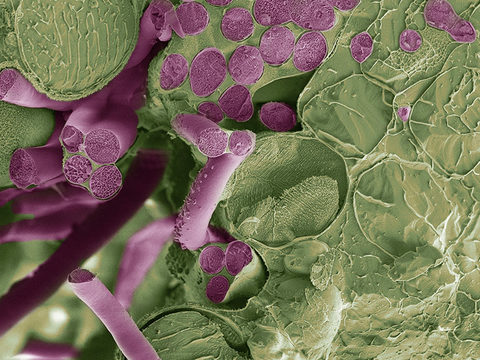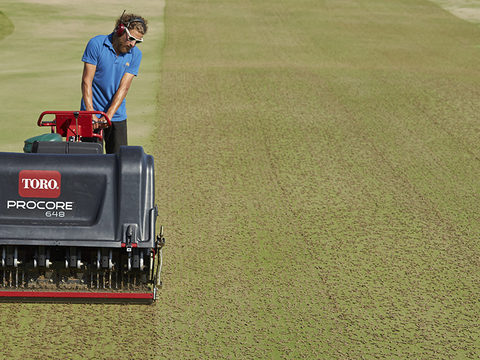Mix up winter disease control
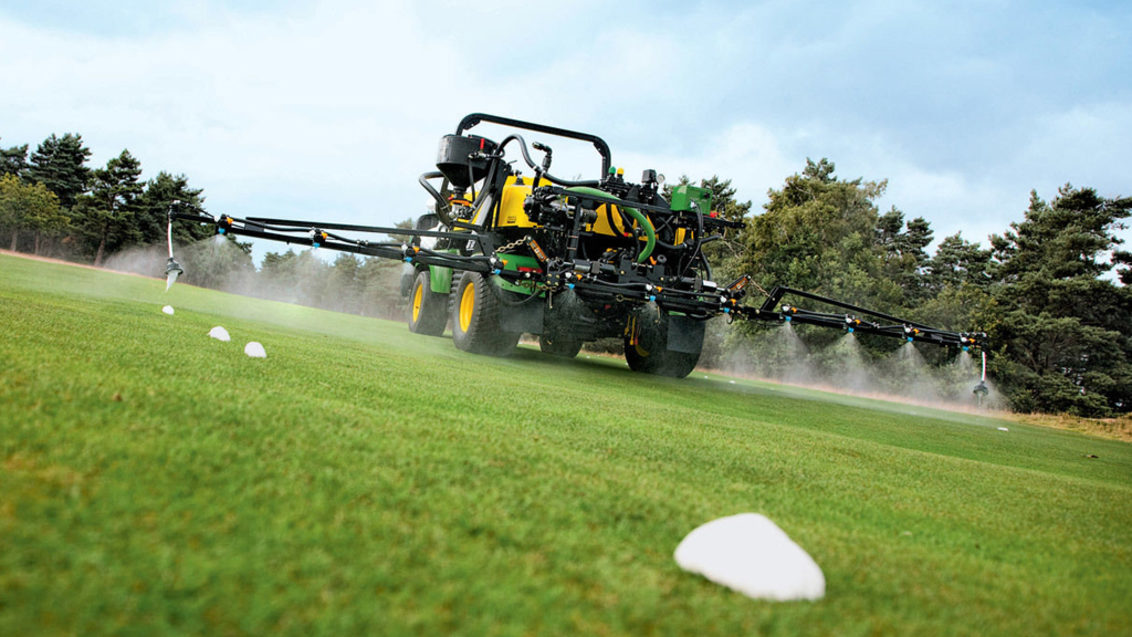
Early winter weather conditions have proven increasingly variable over recent years – posing new challenges for season-long disease control. Syngenta Technical Manager, Glenn Kirby, looks at results of trials using an active mix approach.
Undoubtedly the climate trend in recent years has been for extended milder conditions later into the season. The point at which turf growth slows up is now more difficult to predict - and typically more variable across the country.
Prolonged turf growth is really valuable to help recovery from essential autumn management aeration and over seeding. It has been especially important this season, with the opportunity to rebuild strength and carbohydrate reserves after the incredibly difficult summer heat and drought.
How long turf plant growth continues will create a real challenge in appropriate fungicide selection as the seasonal Microdochium Patch (Fusarium) risk rises.
Active combination trials
Results on new research at STRI has been looking at tank mixing combinations of fungicide actives that are known to be highly effective against Microdochium, but have different modes of action within the plant.
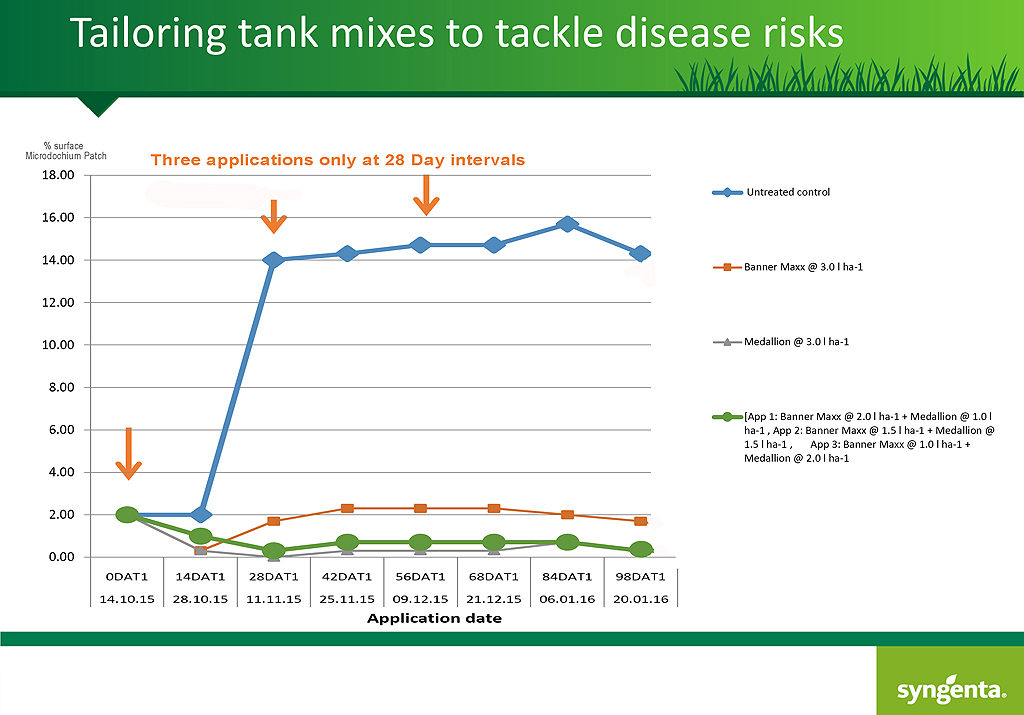
The research has looked at optimising the proportion of the two actives to best meet the prevailing conditions, rates of turf growth and disease risks, through the key autumn and early winter disease control programme.
Used in the trials, Banner Maxx II enables a fast uptake of the systemic propiconazole, which is well suited to cooling conditions, particularly in autumn into winter. Whilst Medallion TL is a predominantly contact+ formulation of fludioxonil that coats the leaf surface, along with evidence of some crown uptake and targeting disease spores in thatch.
Assessments of the trial results on the STRI site managed as a sports turf surface clearly highlighted the essential role of the fungicides. With treatments started in mid-October, whilst surfaces were essentially clean and just 2% visible disease, all the fungicide options were effective right through to the spring.
Results analysis
Without treatment, surface infection reached 14% by mid-November, and went on getting worse through into the New Year.
That compared to a programme of three applications at 28 day intervals, in mid-October; mid-November and mid-December (Fig 1). Starting the programme in October, whist there was still time for surface recovery, saw the level of Microdochium Patch infection decline to less than 1% of surface area after all the treatments.
Including straight Medallion TL in the trial also appeared to demonstrate the highly effective knockdown of the pathogen population and the persistent suppression of disease and symptoms right through the winter.
The trial also looked at a fixed combination of the two fungicides for each of the three treatments that worked well. But the consistently best results for the whole season of disease control, holding surface infection below 1% throughout, was achieved rom a higher rate of Banner Maxx II with the first application; equal rates for the second application and a higher rate of Medallion TL for the third.
The results indicate that the rates of the two fungicides in the mix can be tailored, with a higher proportion of systemic Banner Maxx II whilst there is greater plant growth activity, and moving to more of the Medallion TL as growth slows and the prolonged contact+ activity becomes a priority.
Whilst untreated surfaces did recover into the early spring assessments, the fungicides had kept disease in check throughout and enabled the surfaces to start the spring cleaner with little or no visible signs of infection.
Anti-resistance strategy
One of the key advantages of mixing fungicide actives is to promote a good resistance strategy. Whilst the incidence of recorded resistance or reduced efficacy among turf disease pathogens in the UK is very low, varying actives or using different actives in a mix ensures a wider spectrum of different races within a disease population would be covered.
It is a really important element of reducing the risk of selecting for resistant races to any one active, or group of actives defined by the FRAC guidelines.
Equivalent results for both disease control and anti-resistance strategy, can be achieved with pre-formulated multi-active fungicides, such as Instrata or Instrata Elite. However, with a limited number of permitted applications for each option, the ability to understand and tailor the rates of straight fungicides to the situation and disease threat allows a sophisticated targeted approach.




